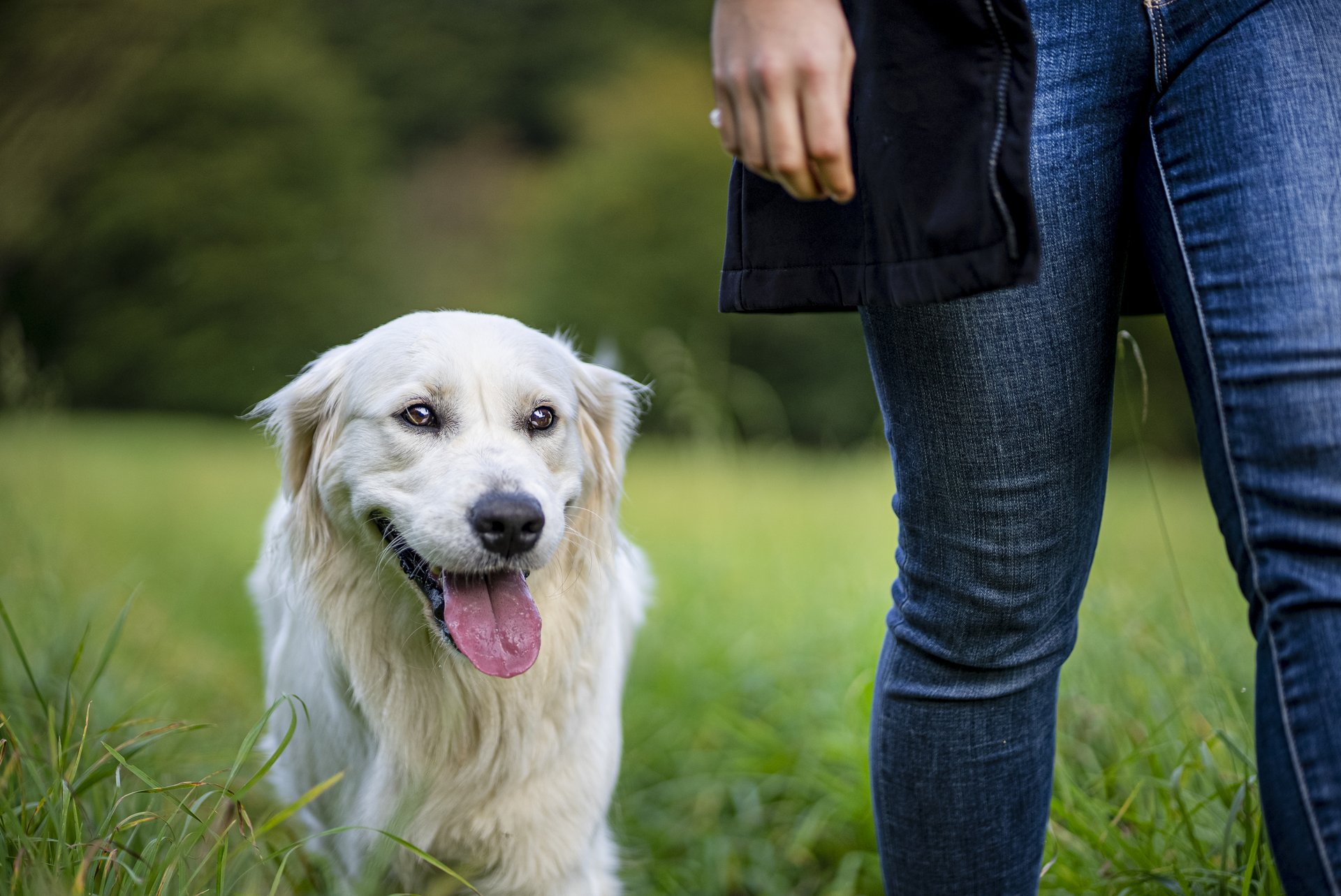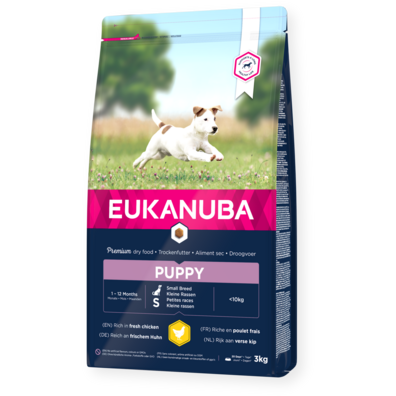Why is my dog panting so much
On hot days, the typically drippy grins of panting dogs can turn into a cause for concern. Worse, a lack of information and an assumption that panting is always a healthy behaviour means that sometimes this warning sign goes unnoticed until things get serious and dogs find themselves at real risk.
Luckily, in 99.9% of cases, panting is nothing to worry about, however, excessive or strained panting can be an early warning sign. Here, we consider what healthy panting looks like, and when you should ask yourself the crucial question – ‘why is my dog panting so much?’

Why do dogs pant?
As you may already know, panting is an open-mouthed form of respiration that helps dogs lower their body temperatures and get more oxygen into their bloodstreams. What some dog owners don’t realise is that this is not the only reason for panting. Other healthy, and not so healthy, reasons for panting may also include:
- Excitement
- Stress
- Happiness
- Pain
- High fever
- Bloat
- And more
What does healthy panting look like?
As you can see, the panting scale is expansive, and it’s not always easy to recognise if things have taken a turn for the worst. To do that, it’s essential to know what healthy panting looks like, and thus how things could veer from that course. Most commonly, healthy panting will occur on a hot day and is nothing to worry about if your dog is breathing an average of 30-40 breaths per minute. This is entirely normal for dogs, and ensuring that your dog has access to fresh water and plenty of easy access to cooler shaded areas means they should be fine. Equally, panting that occurs during games or alongside a wagging tail is a sign of exertion or excitement, and shouldn’t be anything to worry about if it soon subsides.
How do i know when my dog is panting too much?
In many ways, knowing when your dog is panting ‘too’ much relies on your ability to understand their resting respiratory rate, so taking some time to watch your dog’s breaths when they’re calm and cool can be a fantastic reference guide. If a dog typically takes around 30 breaths per minute and that skyrockets to 300, for example (around ten times the normal rate, as a guide), then this is most likely a cause for concern.
While fast panting isn’t always a necessarily worrying sign alongside the causes listed above (heat/exercise/etc.), increasing respiratory rates like these should be monitored, while immediate shade and fresh water are always best until your dog’s breathing is back to normal.
Do dogs pant when in pain?
In some rare instances, panting can be the first sign that a dog is in pain, especially if it occurs when your dog is in a cool house and hasn’t engaged in any exercise that you’re aware of. That said, in most cases, pain-based panting will be accompanied by other warning signs, including shaking, lethargy, or whimpering, meaning that it’s typically easy to recognise if this is the case.
When should i worry about dog panting?
Even though panting is typically a natural and manageable behaviour, it’s essential for any dog owner to understand when to worry. As mentioned, a respiratory rate that has increased by as much as ten times is typically a warning sign, especially if this fast rate of panting doesn’t seem to have an obvious cause, or if it persists even after your dog is cool and has had plenty of water.
Other red flags for panting that may be a sign that something else might be going on also include:
- Laboured or strained panting (can you see your dog’s ribs with each breath?)
- Loud or harsh panting
- Panting that lasts a long time
- Panting accompanied by shaking, restlessness, or pacing
These behaviours could all be a sign of heatstroke, severe stress, or even an underlying condition. If you notice any of these warning signs, or if you’re generally worried that your dog is panting more than normal, contact your vet for advice.










